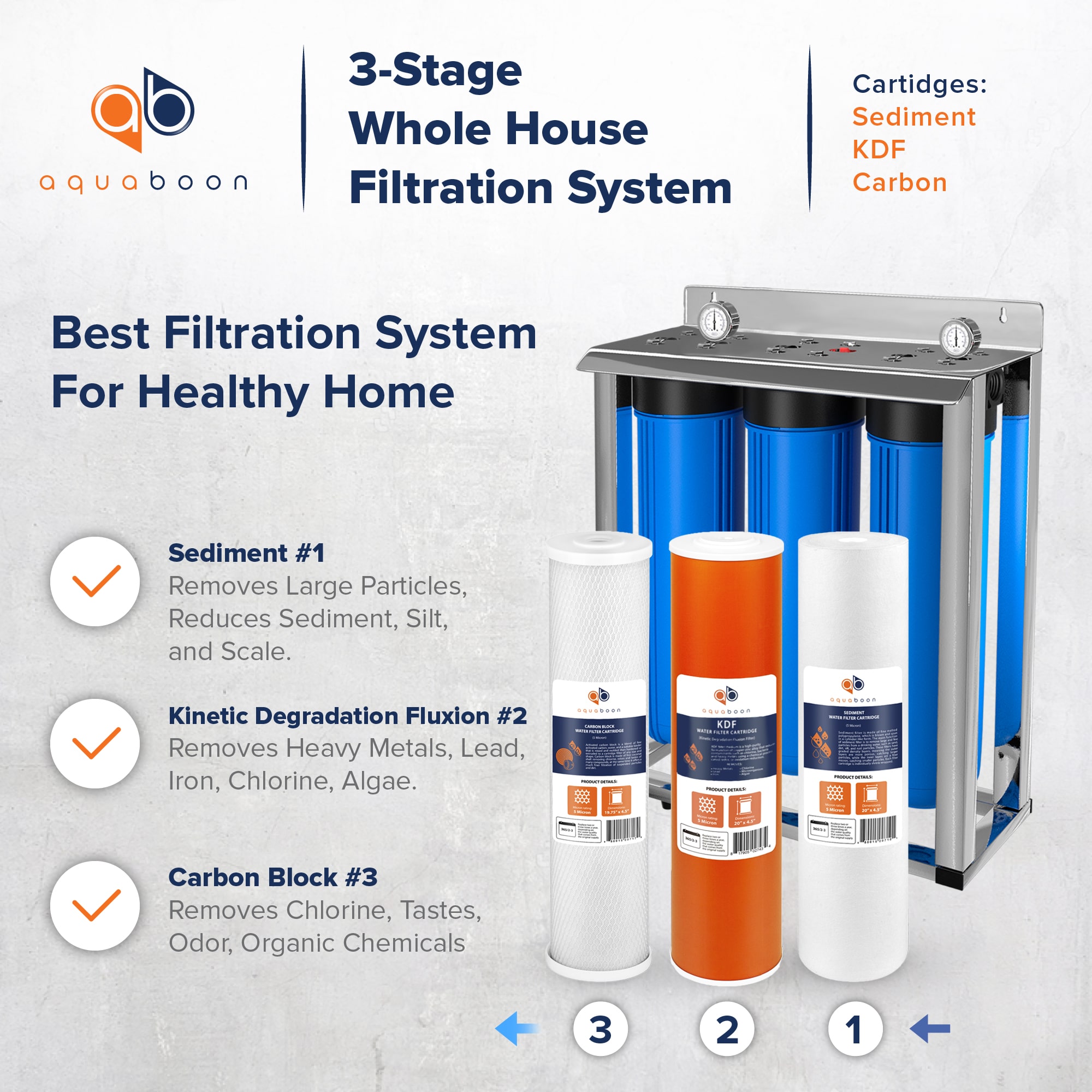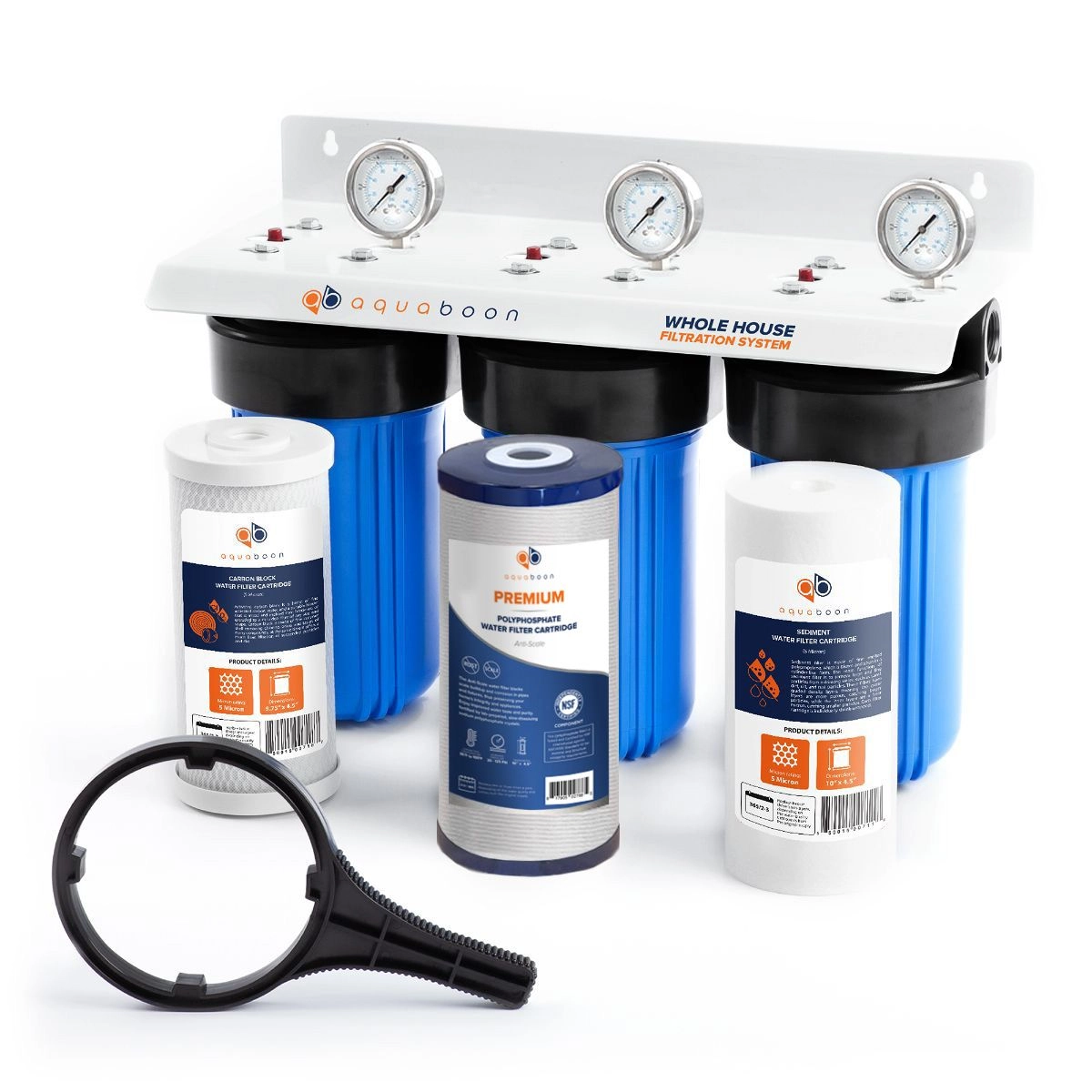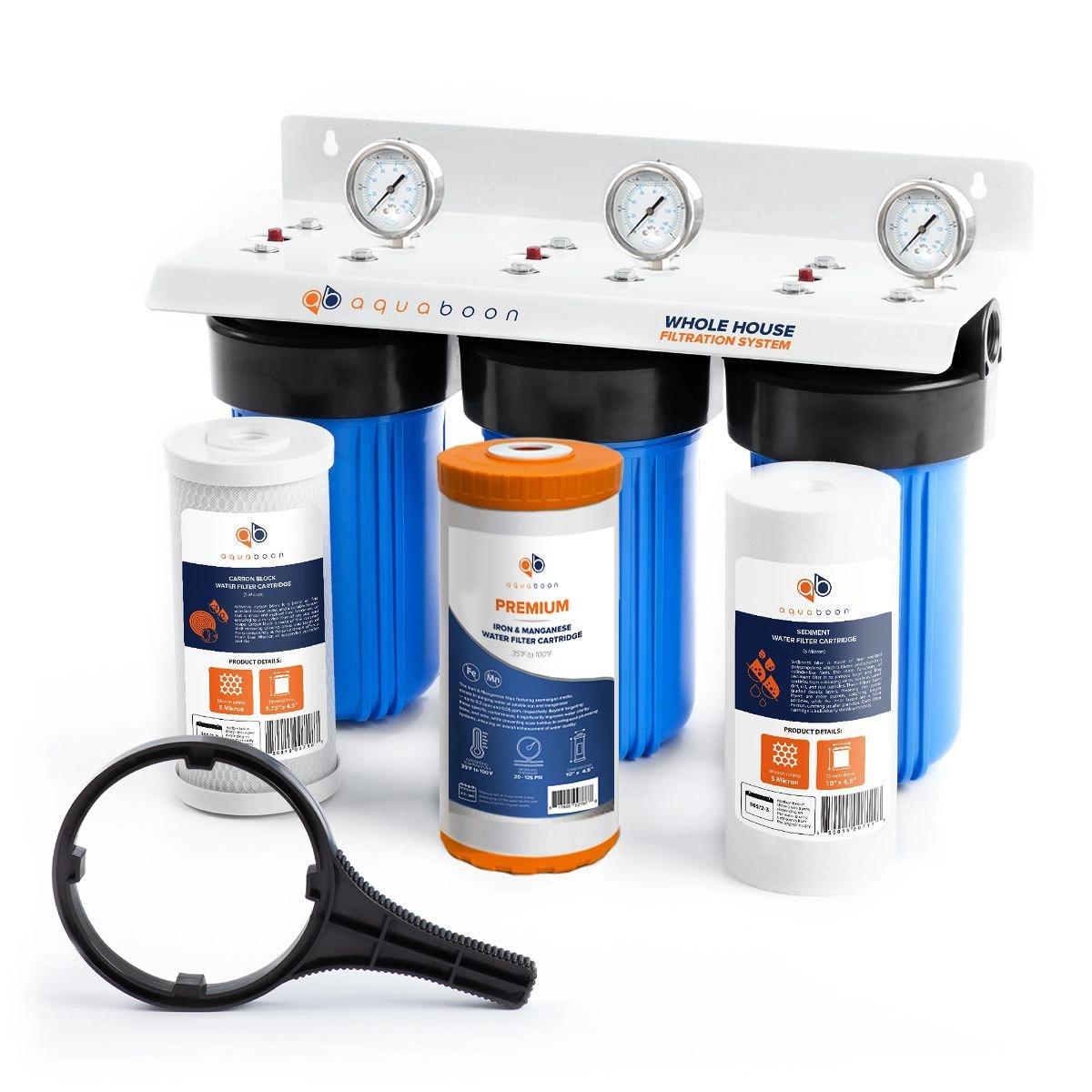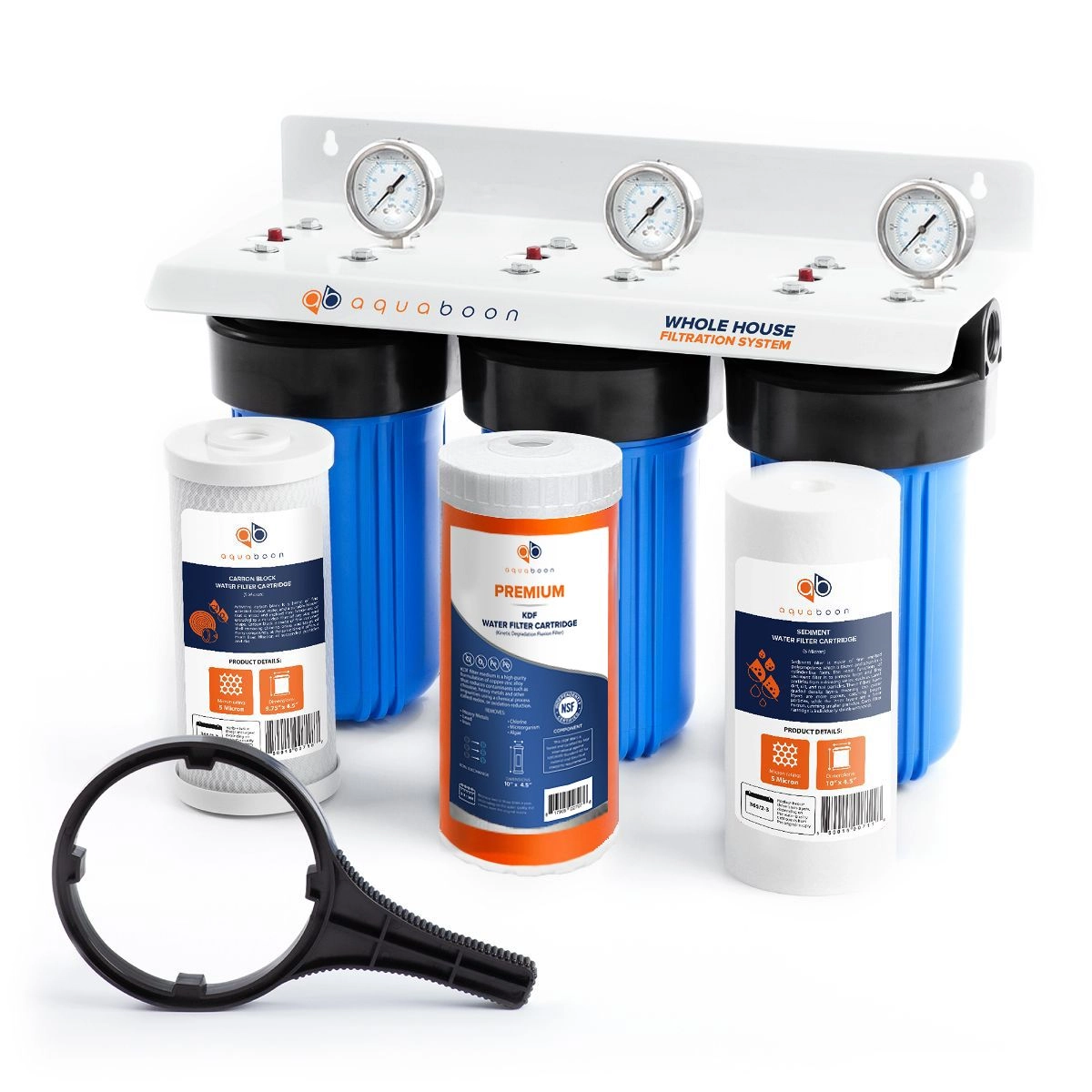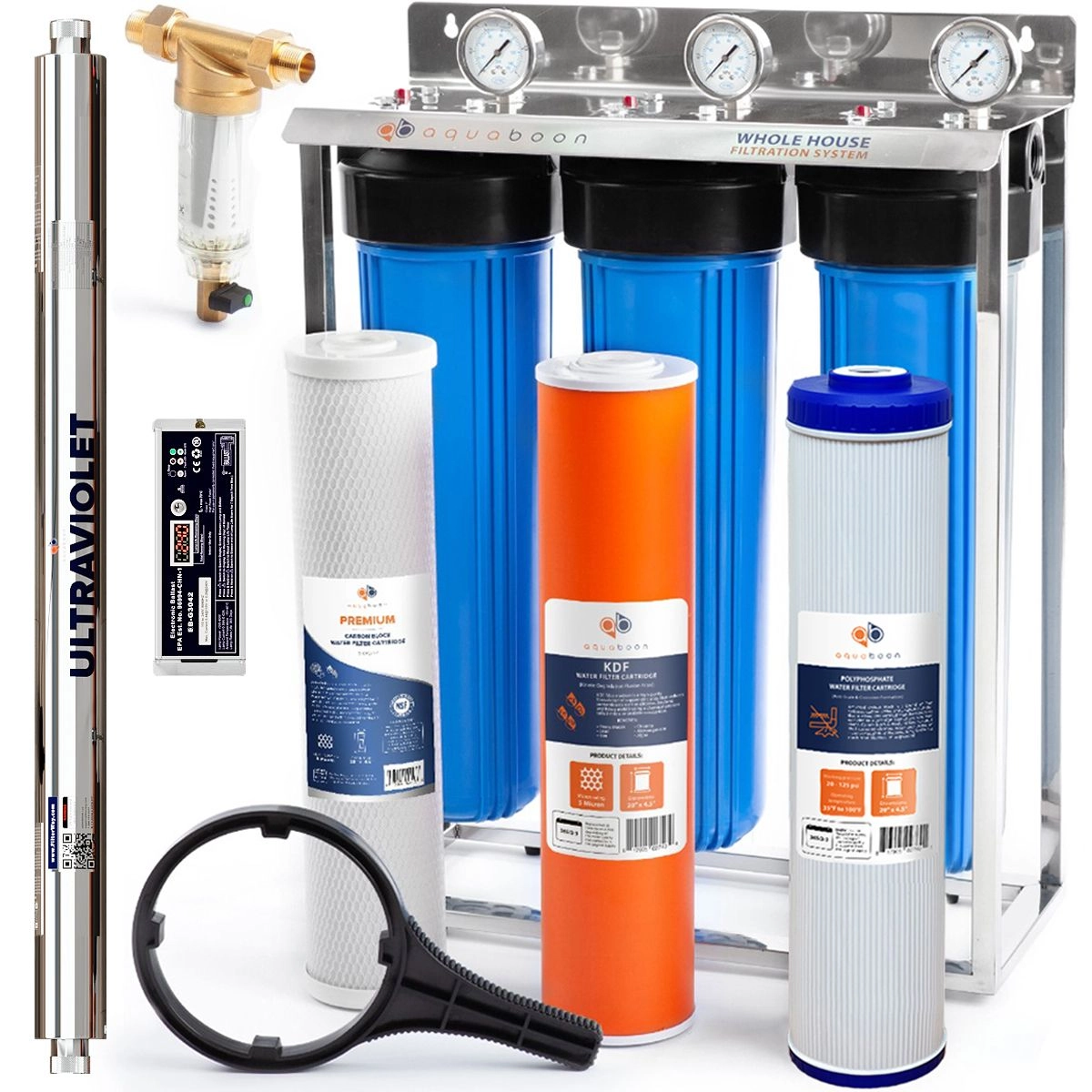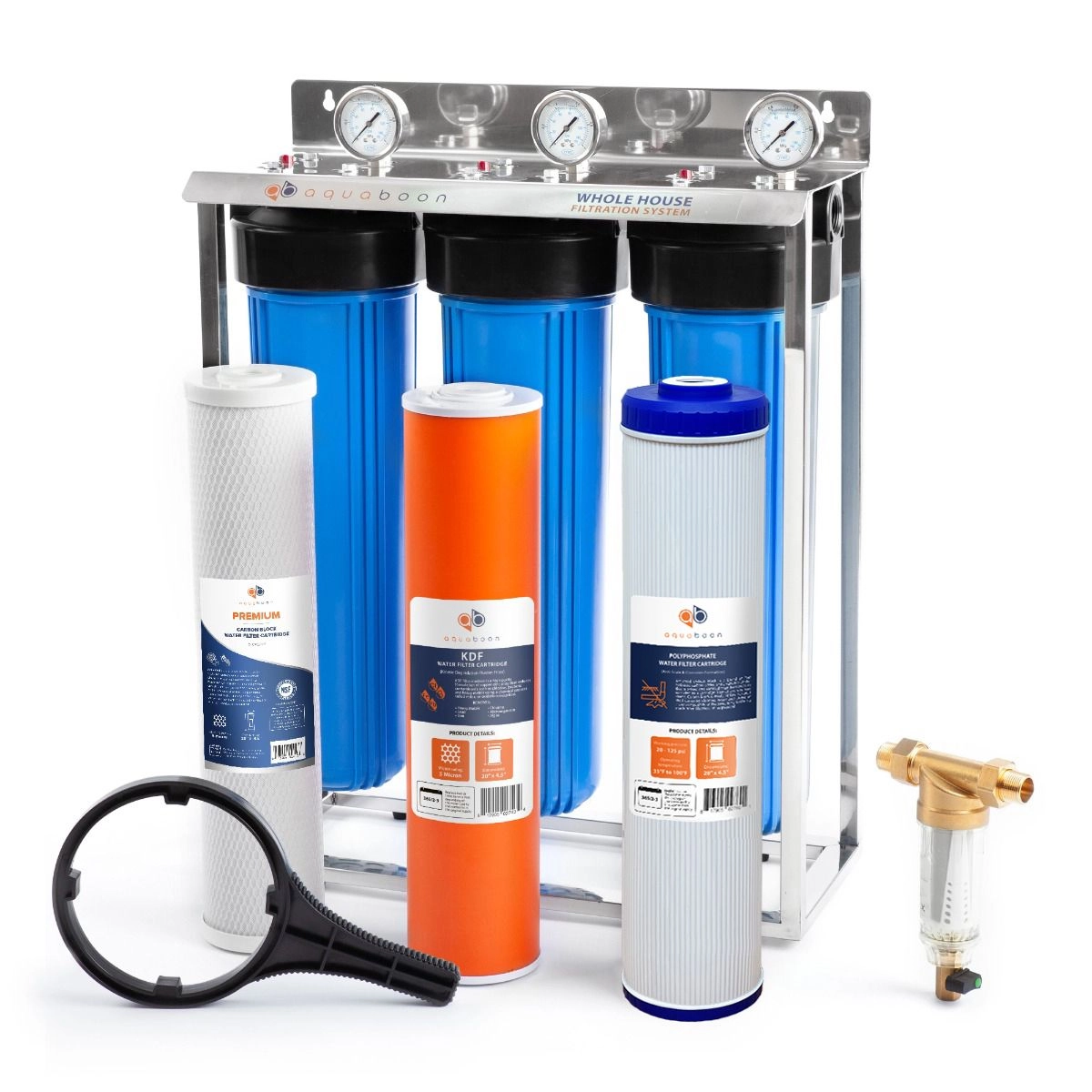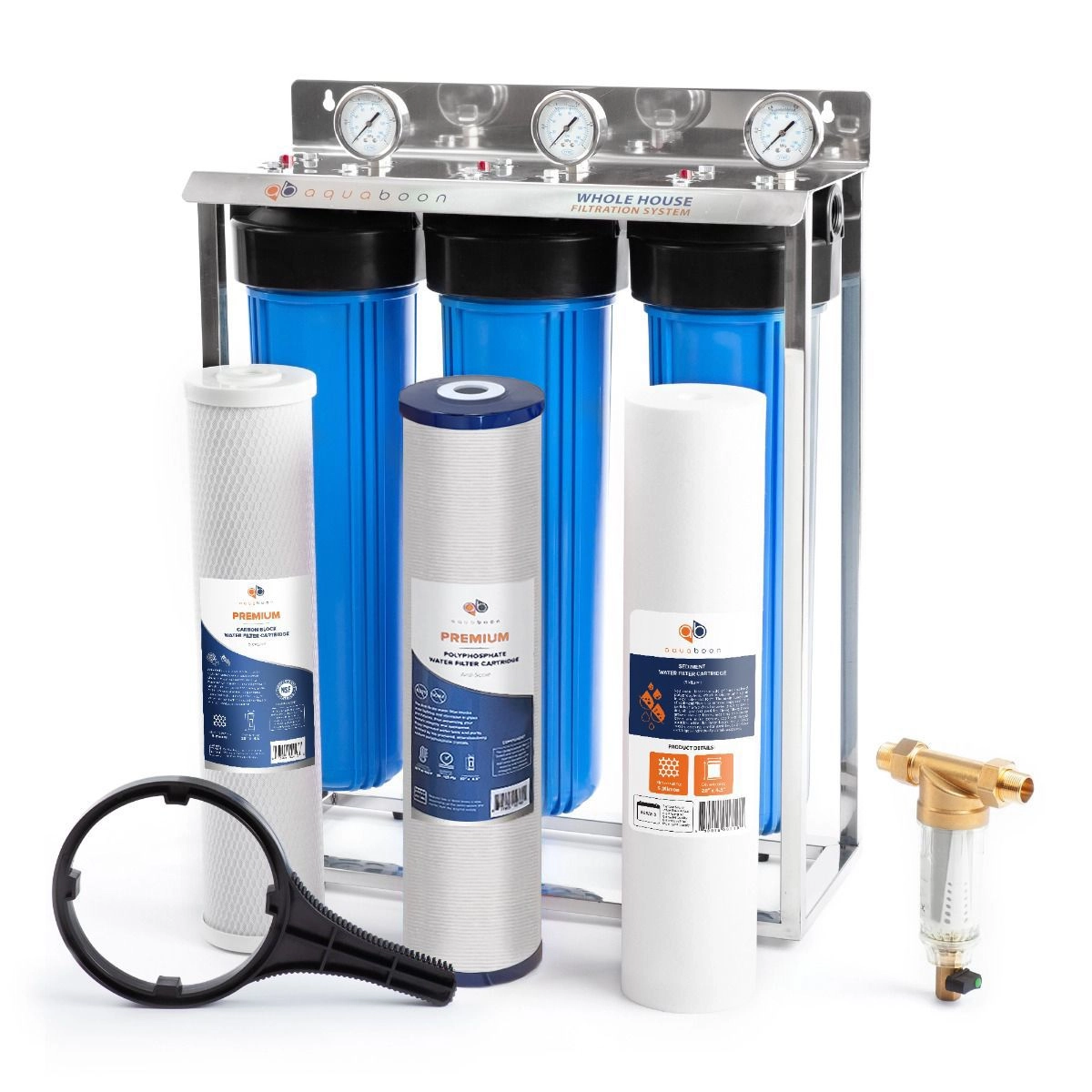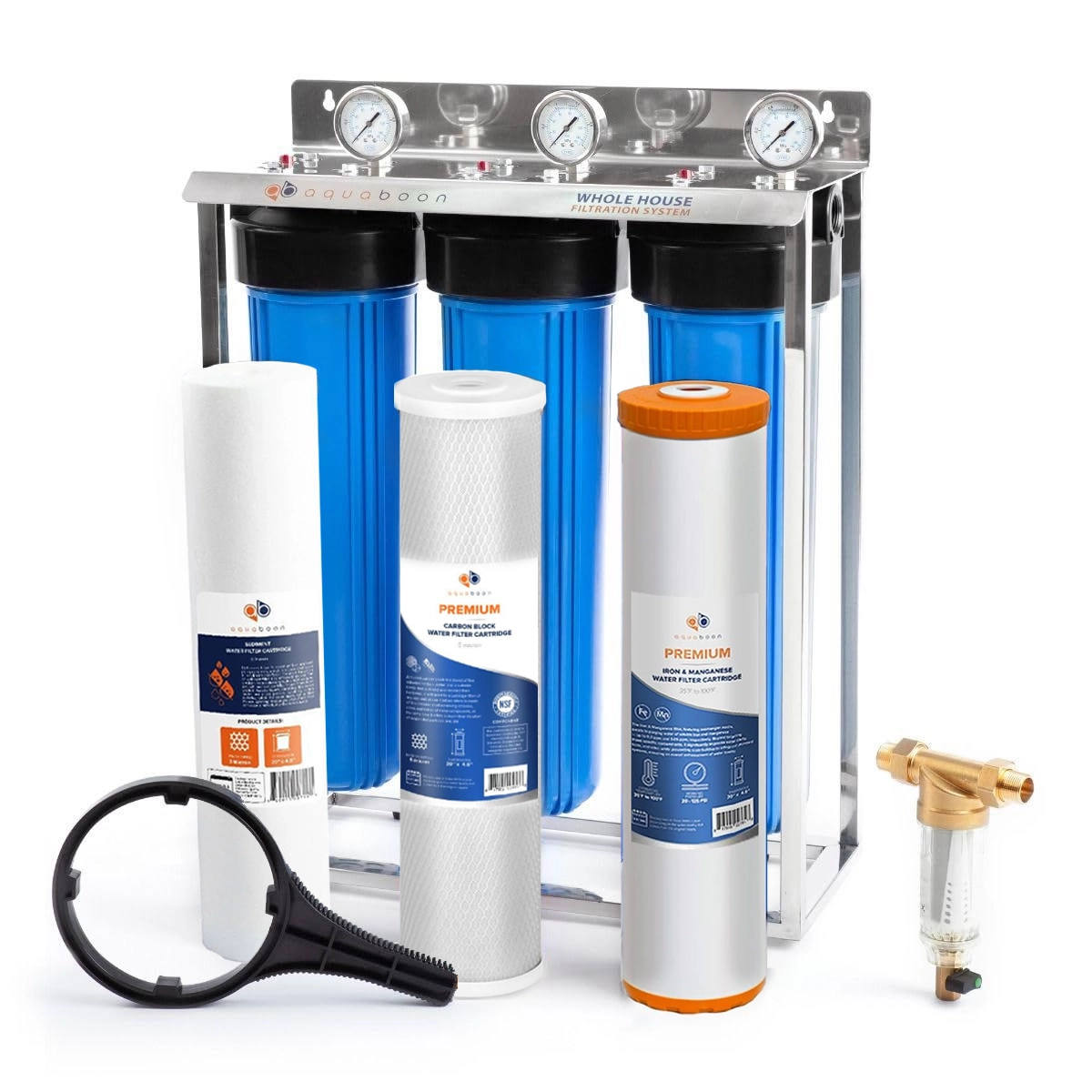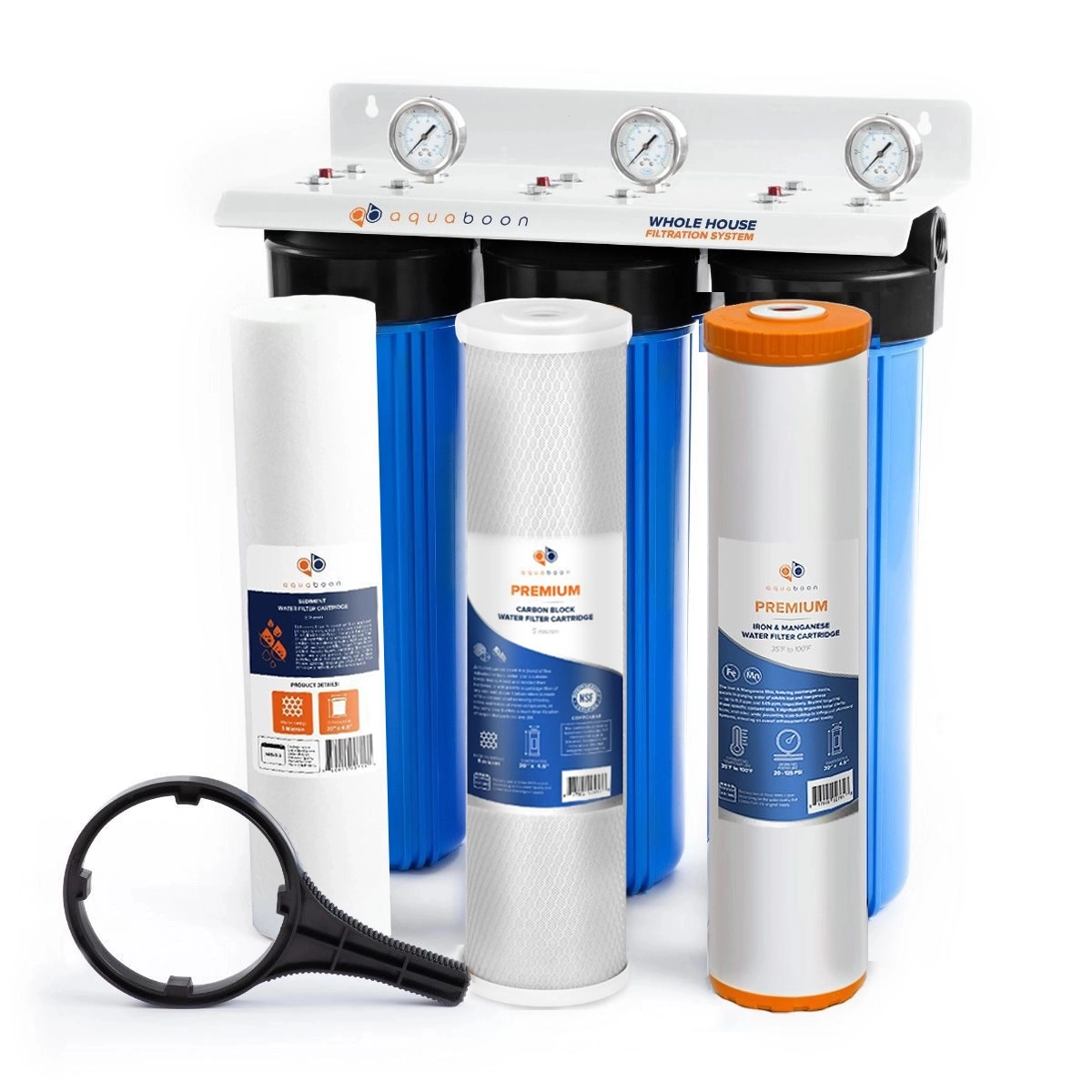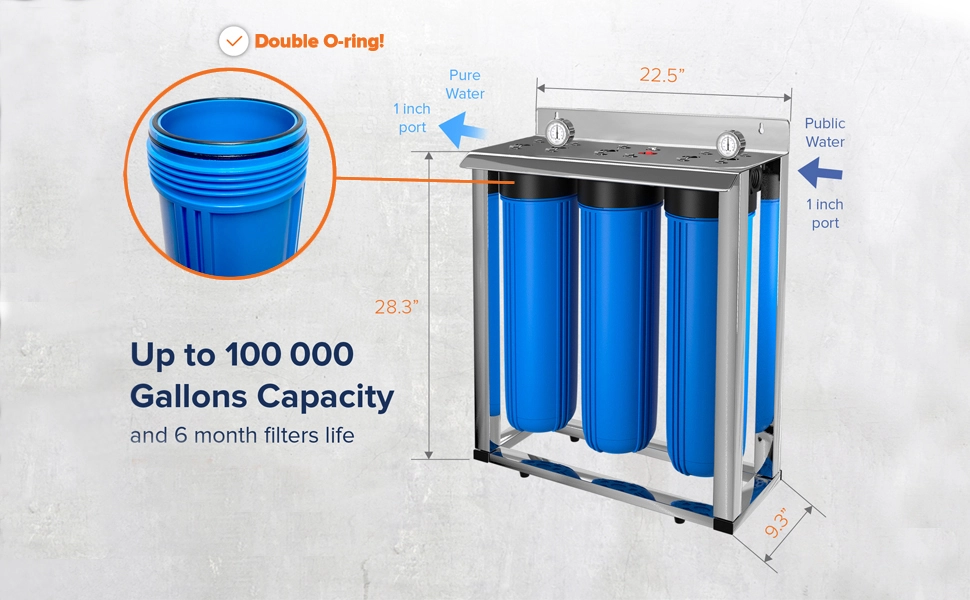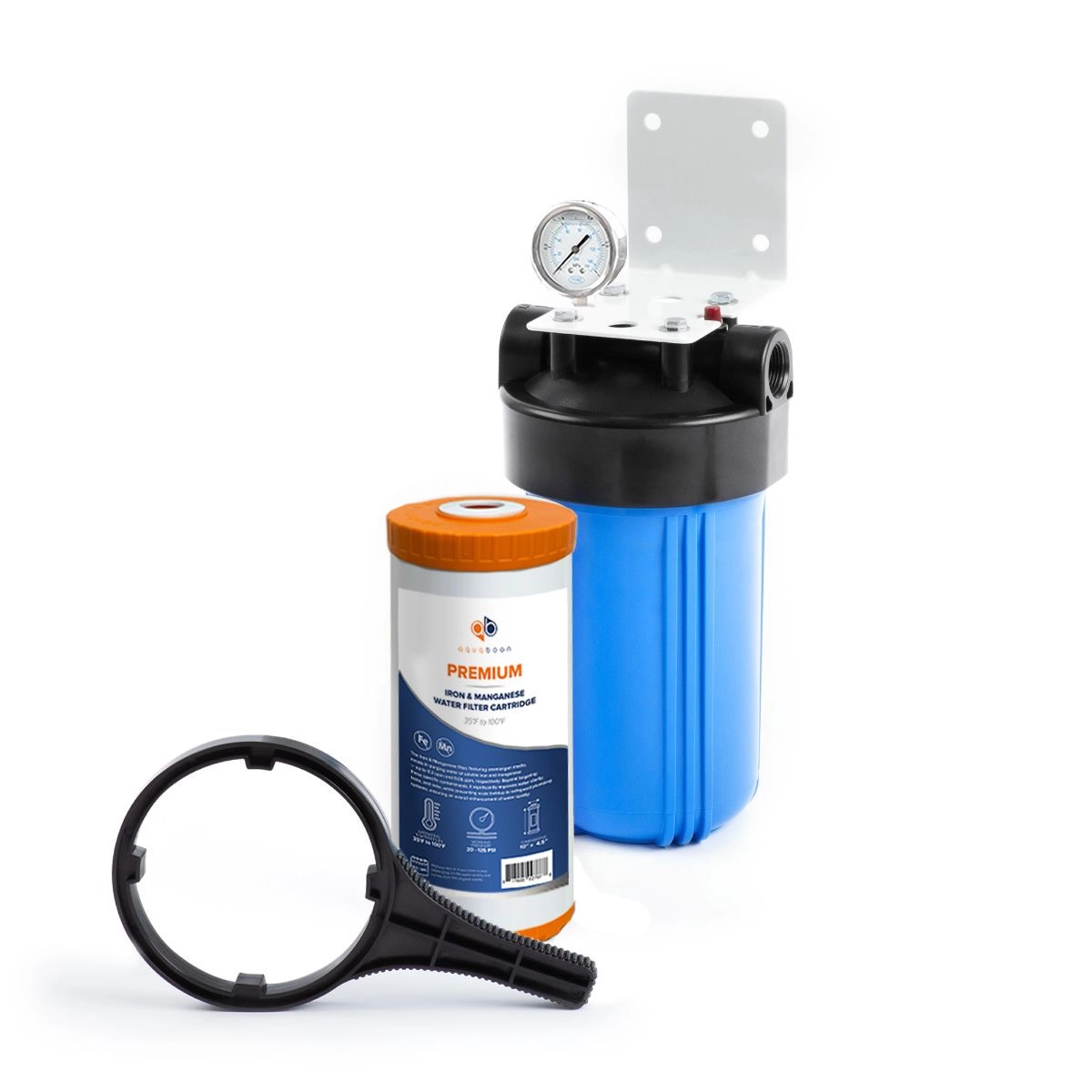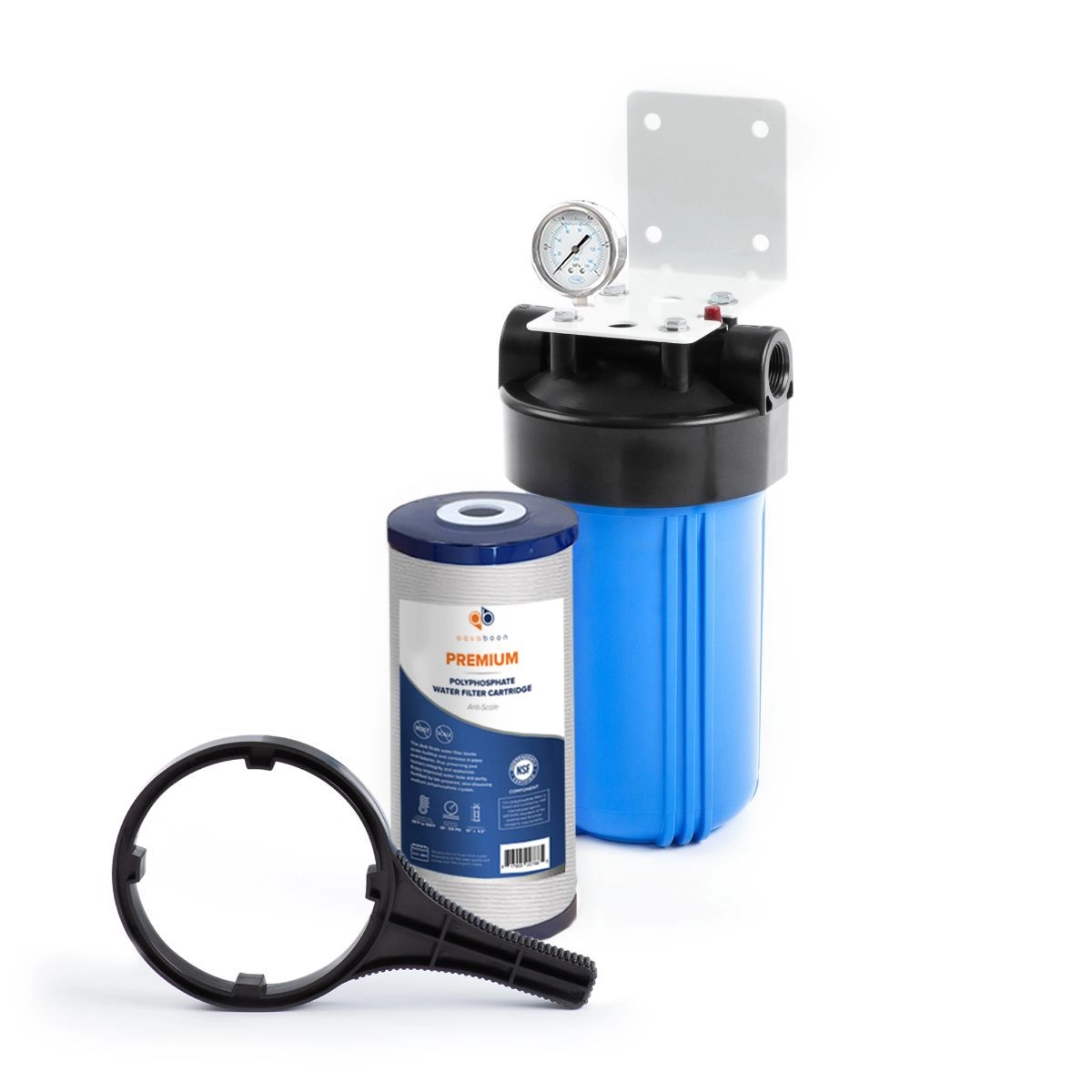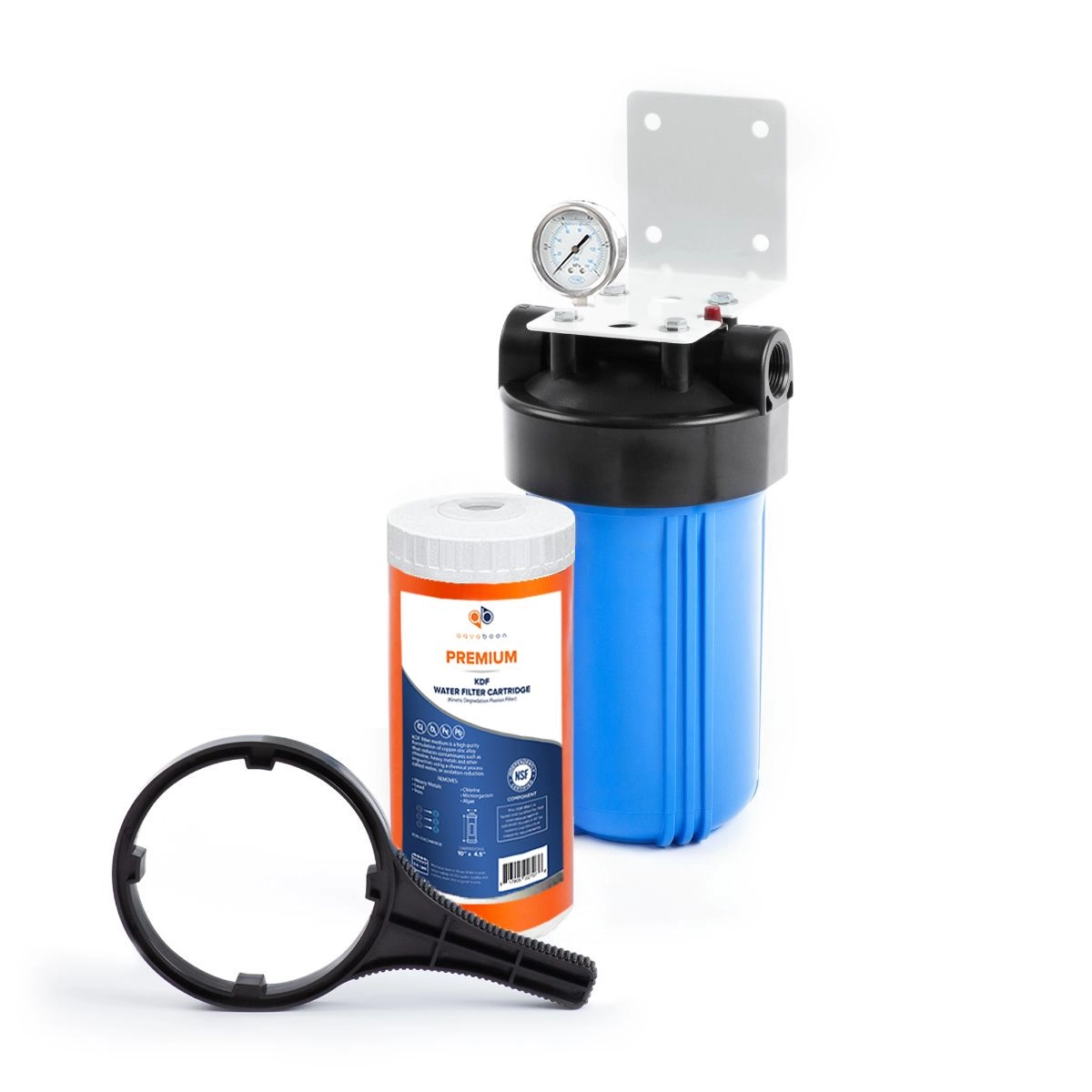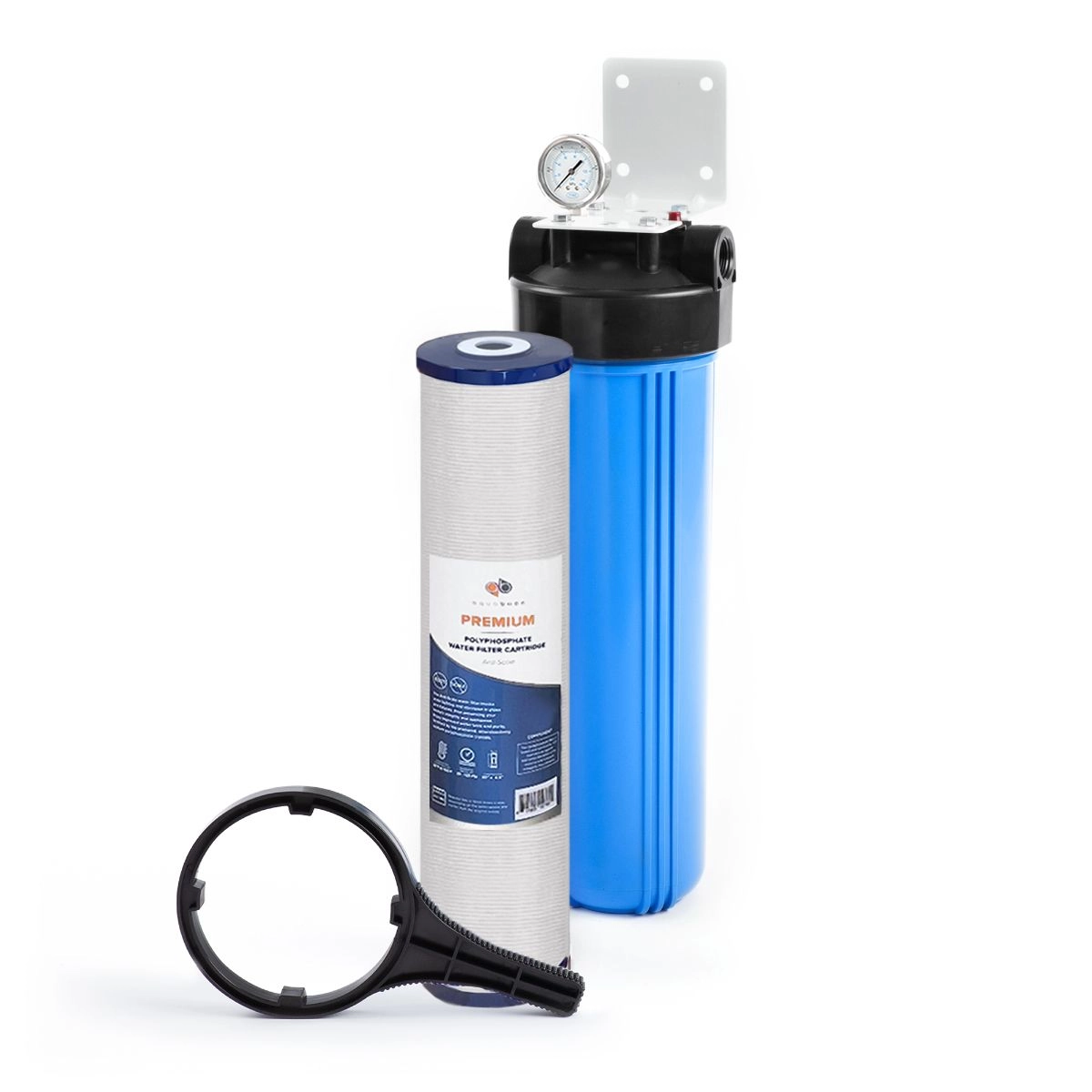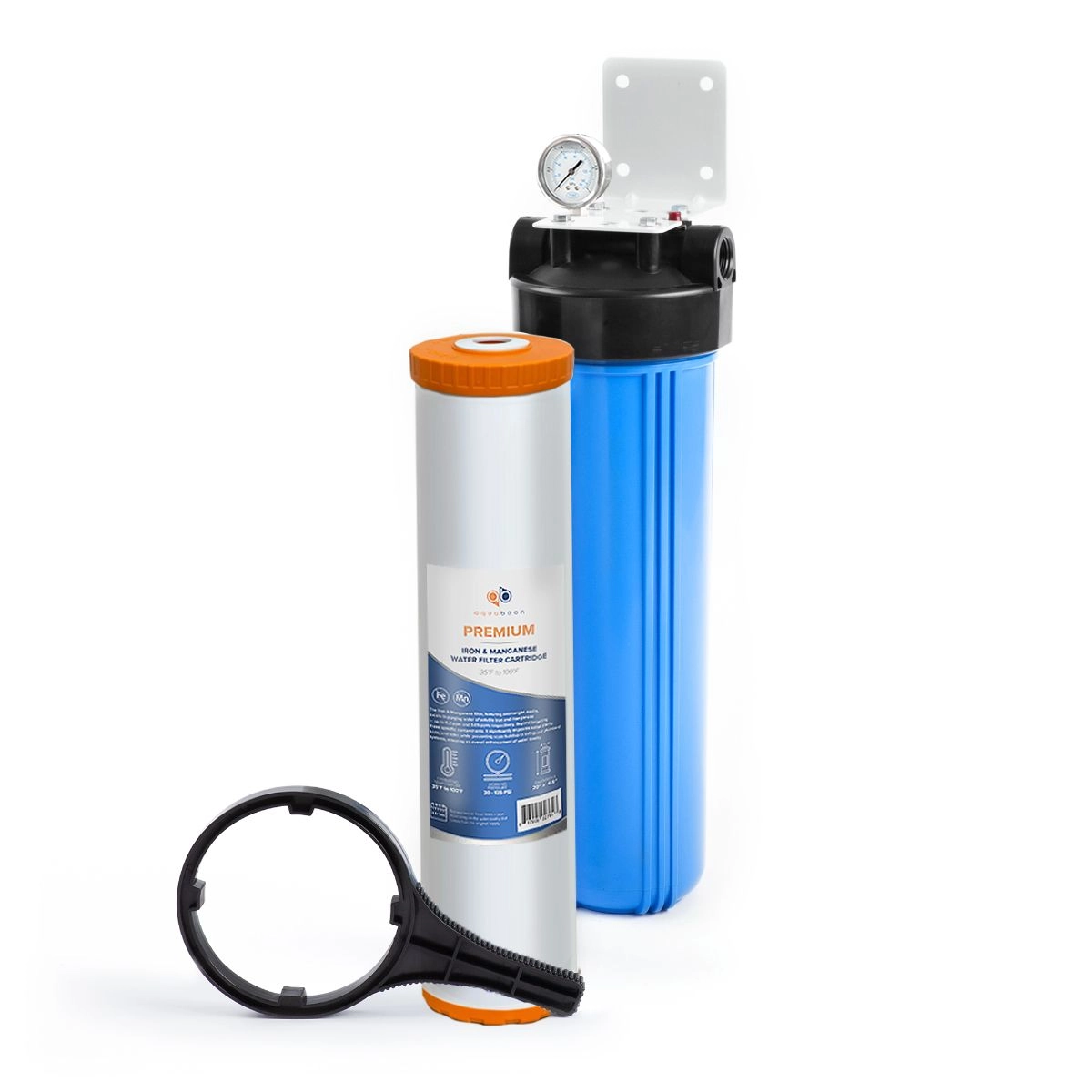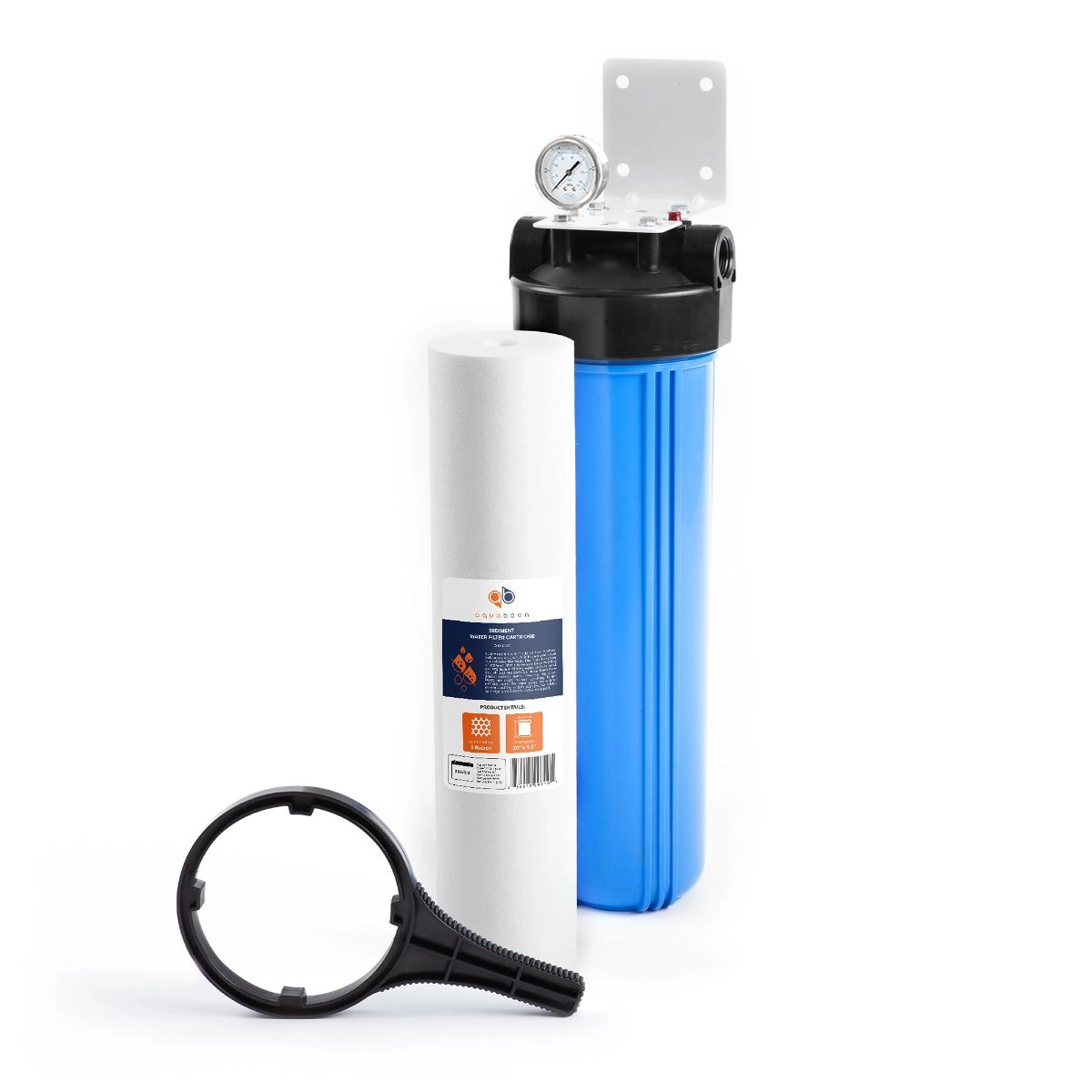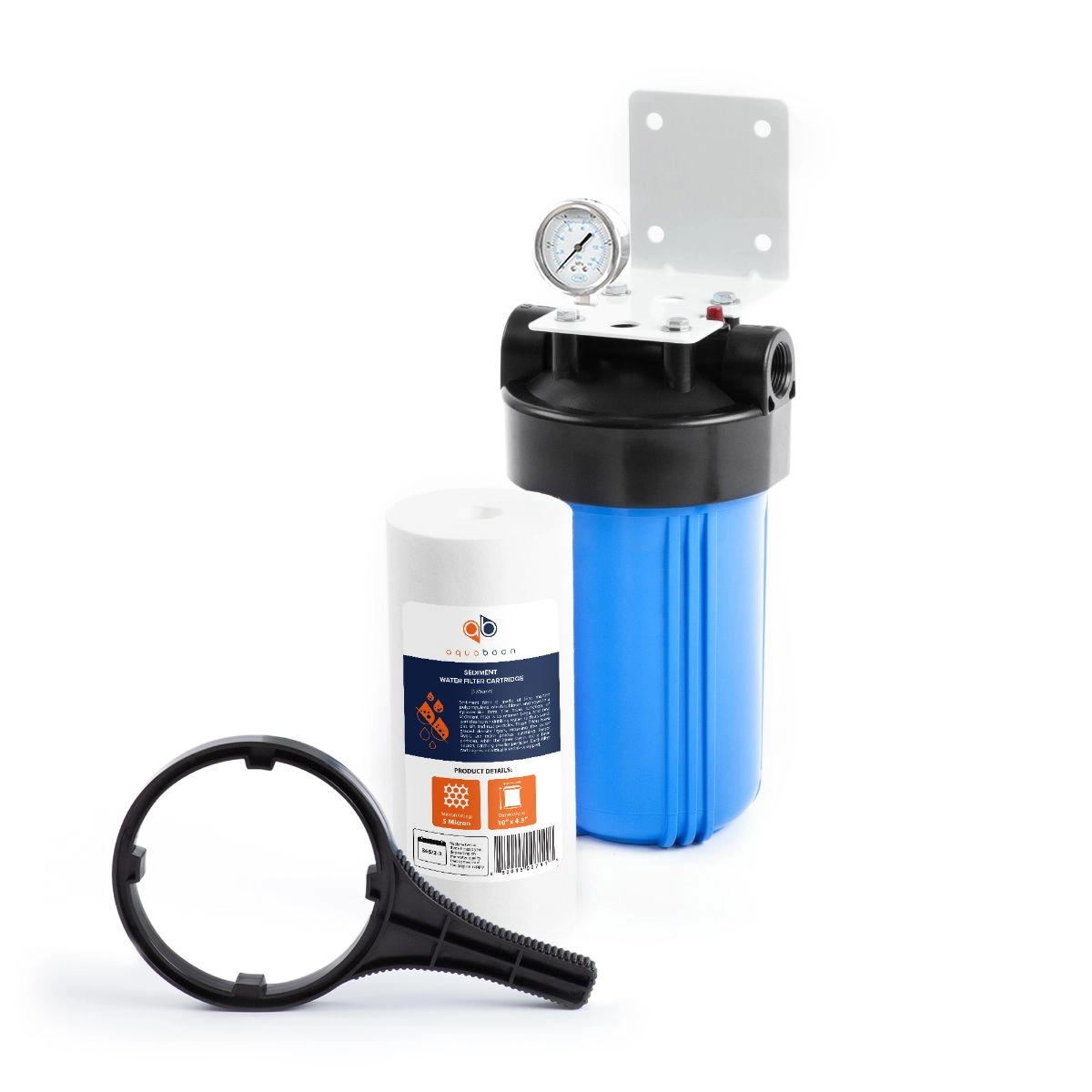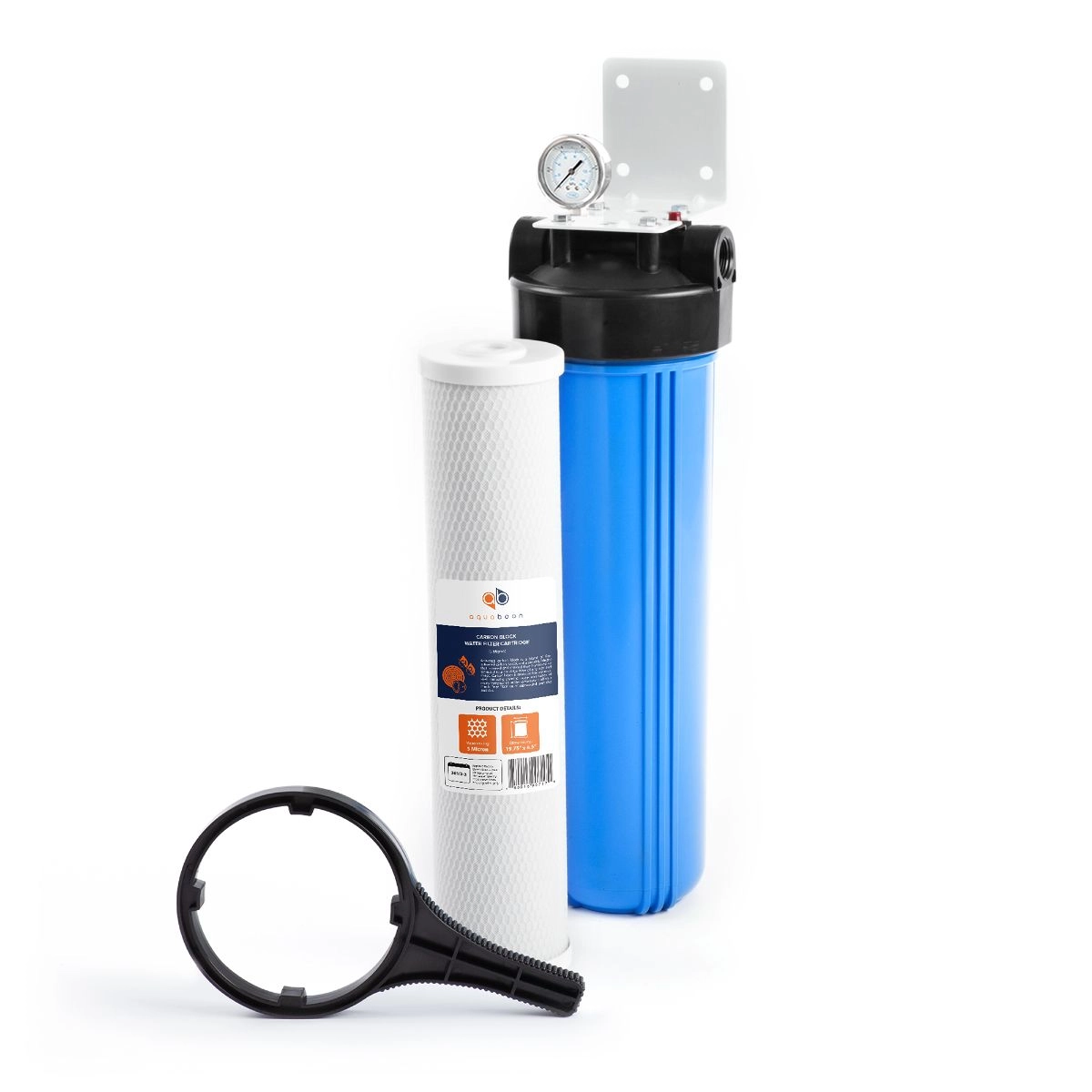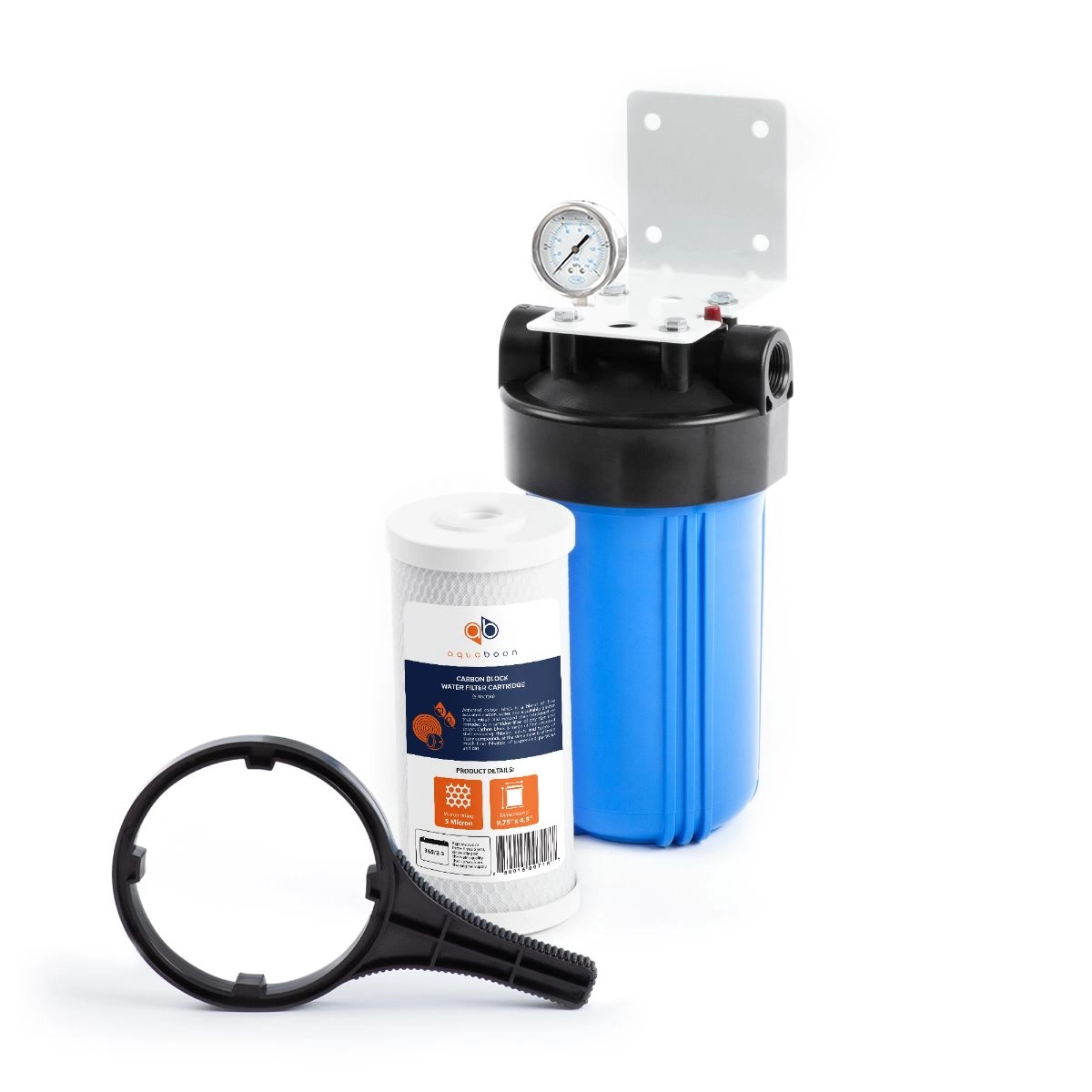As more and more people become aware of the health implications of drinking unclean water, it has led to more options for water purification.
For example, people with really poor water sources like private wells typically opt for a three-stage filter, while those with good tap water may simply rely on a single stage water filter system.
Each of these models has features that make them attractive, which will be covered in this article. Continue reading to make an informed choice the next time you are searching for a filtration system.
What is a 3 stage water filter?
Three-stage filters have three stages of filtering water before it reaches your faucet.
What is 1st stage filter? This is the pre-filter that removes sediment and dirt before moving to the 2nd stage. Each additional filter increases the effectiveness of the filtration process and reduces the number of impurities found in your water.
Each stage has its own function and process. The first stage typically uses a 5-micron pre filter to remove sediment, dirt, rust, and dust from the water. This is all about improving the appearance of the water.
The second stage uses a submicron filter to remove bacteria, chlorine, and other contaminants. This is the core of the purification process because it is here the main culprits are handled.
The second stage takes care of mineral elements like:
- Aluminum
- Cadmium
- Chlorine
- Copper
- Iron
- Lead
- Mercury
- VOCs
- Zinc


